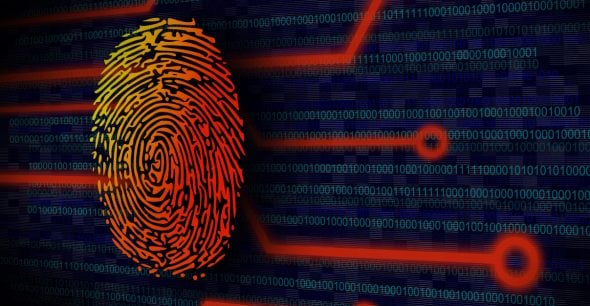McAfee Labs saw an average of 504 new threats per minute in Q1 2019, and a resurgence of ransomware along with changes in campaign execution and code. More than 2.2 billion stolen account credentials were made available on the cybercriminal underground over the course of the quarter. Sixty-eight percent of targeted attacks utilized spear-phishing for initial access, 77% relied upon user actions for campaign execution.
McAfee Advanced Threat Research (ATR) observed innovations in ransomware campaigns, with shifts in initial access vectors, campaign management and technical innovations in the code.
How One AI-Driven Media Platform Cut EBS Costs for AWS ASGs by 48%

While spear phishing remained popular, ransomware attacks increasingly targeted exposed remote access points, such as Remote Desktop Protocol (RDP); these credentials can be cracked through a brute-force attack or bought on the cybercriminal underground. RDP credentials can be used to gain admin privileges, granting full rights to distribute and execute malware on corporate networks.
McAfee researchers also observed actors behind ransomware attacks using anonymous email services to manage their campaigns versus the traditional approach of setting up command-and-control (C2) servers. Authorities and private partners often hunt for C2 servers to obtain decryption keys and create evasion tools. Thus, the use of email services is perceived by threat actors to be a more anonymous method of conducting criminal business.

Read more: Help Net Security






